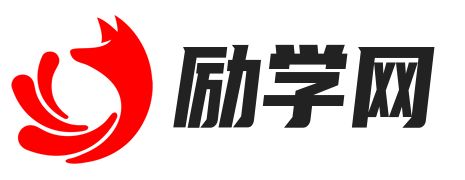
最后更新时间:2024-08-14 17:35:58
语法结构分析
句子:“这家公司的管理模式在后出转精中,业绩逐年提升。”
- 主语:这家公司
- 谓语:业绩逐年提升
- 宾语:无明确宾语,但“业绩”可以视为间接宾语
- 状语:在后出转精中
句子为陈述句,时态为一般现在时,语态为主动语态。
词汇分析
- 这家公司:指代某个具体的公司
- 管理模式:公司运营和组织的方式
- 后出转精:可能指在后期发展中逐渐精细化或优化
- 业绩:公司的工作成果或经济效益
- 逐年提升:每年都在提高
语境分析
句子描述了一家公司在采用某种管理模式后,其业绩逐年提升的情况。这可能是在讨论公司战略、管理变革或市场表现等话题时的一个观点。
语用学分析
句子在实际交流中可能用于肯定某公司的管理策略有效性,或者在商业分析报告中作为数据支持。语气为肯定和赞扬。
书写与表达
可以尝试用不同的句式表达相同的意思:
- 这家公司在采用精细化管理模式后,其业绩每年都有所提高。
- 随着管理模式的不断优化,这家公司的业绩呈现出逐年上升的趋势。
文化与*俗
“后出转精”可能源自**传统文化中的“精益求精”思想,强调在已有基础上不断改进和提升。
英文翻译
Translation: "The performance of this company has been improving year by year as its management model has been refined in the later stages."
Key Words:
- management model: 管理模式
- refined: 精细化
- performance: 业绩
- improving: 提升
Translation Interpretation: The sentence emphasizes the positive impact of a refined management model on the company's annual performance improvements.
Context and Situational Analysis: The sentence would be used in business contexts to highlight the effectiveness of a company's management strategies and their impact on financial or operational results.
1. 【后出转精】后来的人变得更加细致。指在学术研究方面,后人的作用更大,见解比前人更为精深和高明。
